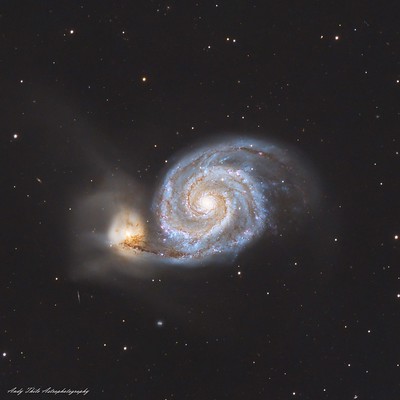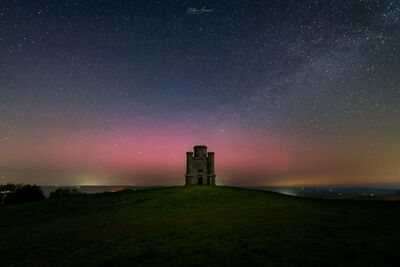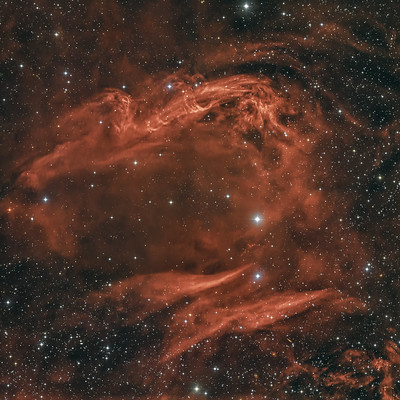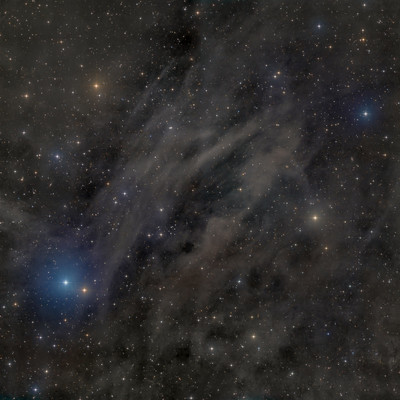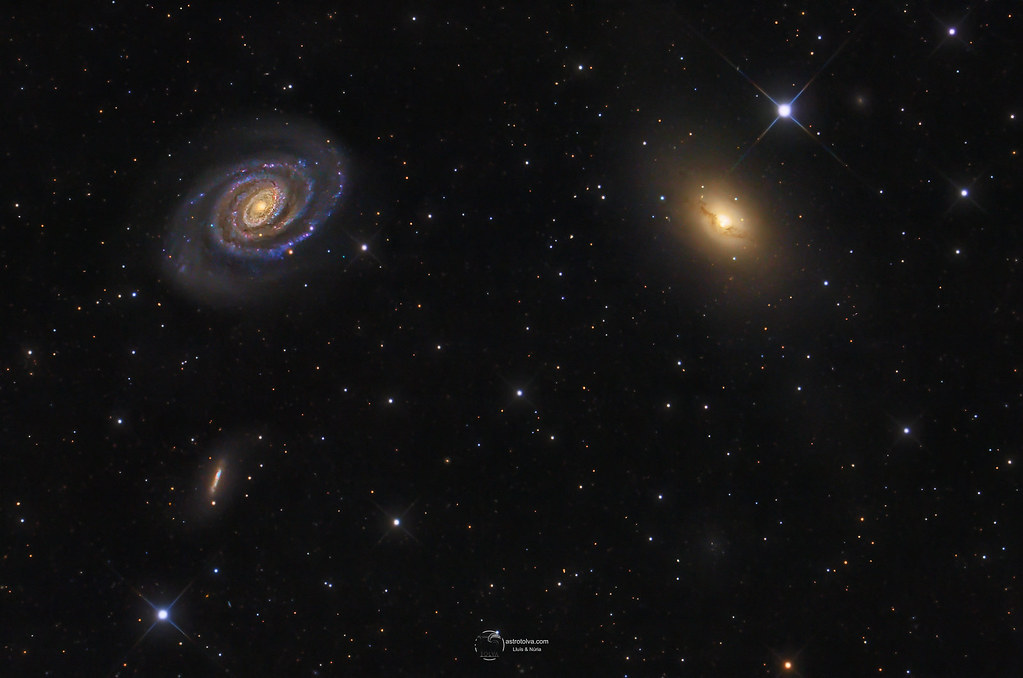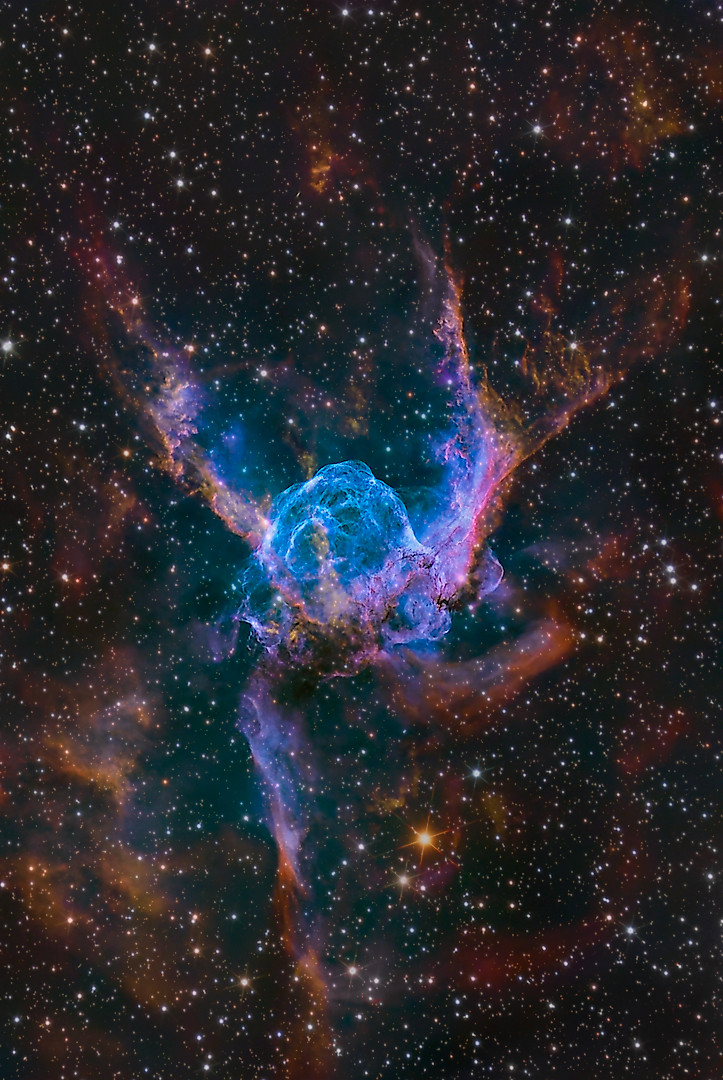THE FIGHTING DRAGONS OF ARA
- NGC6188, Edge Nebula
- Deep sky 762mm LRGBHOO
- Constellation Ara the Altar

Last week I already show you the fighting dragons of Ara, back then I edited an acquired image set at 1500mm focal length. Today I show this wonderful nebula again, but this time with pictures I took via remote telescope in Australia. With a focal length of 762mm you can now see the dragons in all their glory

Developed as a LRGBHSO version in blue/orange - I hope you like it! Happy Pentecost weekend to you all!
The colors in NGC 6188 are due to the presence of various chemical elements in the gas, such as hydrogen, oxygen, and sulfur. The energetic radiation from the young stars in this beautiful nebula excites these elements and causes them to glow with different colors. This creates an impressive visual spectacle.
NGC 6188, or the Edge Nebula, is a large H-II region in the constellation of Ara, located in the southern hemisphere. It is a vibrant and colorful assemblage of gas and dust, made to glow by intense radiation from young, hot stars. The H-II region is approximately 4,000 light-years from Earth and spans an area of about 200 light-years. It is part of a larger star-forming region that also includes open star cluster NGC 6193. The energetic radiation from the young stars causes the surrounding gas to become ionized, resulting in the characteristic glowing clouds and filaments. A stunning example of how new stars are formed and how gas and dust interact in the Universe. Exploring NGC 6188 and similar H-II regions is helping to deepen our understanding of star formation and galaxy evolution.
Telescope: Takahashi TOA-130, Reducer, 762mm
Camera: FLI 16803 Camera, Astrodon Gen2 E Series Filter, 3nm
Lights: 8xLuminance per 240s, / 8xRed/8xGreen/8xBlue per 240s, / 8xhAlpha/8xSII/8xOIII per 300s Bin1x1
Location: iTelescope.Net at Siding Spring Observatory Australia
Image editing:
Mainly Pixinsight, Photoshop, Lightroom, GraXpert, BTX Blur Terminator, Noise Terminator, Star X Terminator
#arathealtar #ngc6188 #randnebula #fightingdragonsofara #fightingdragons #universe #artofpixastro #astrophotography #itelescope




